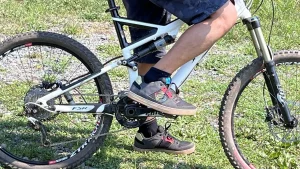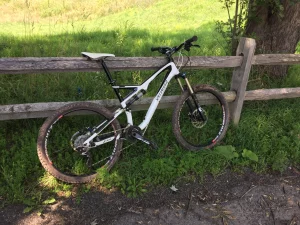The Most Common Cycling Ankle Injuries
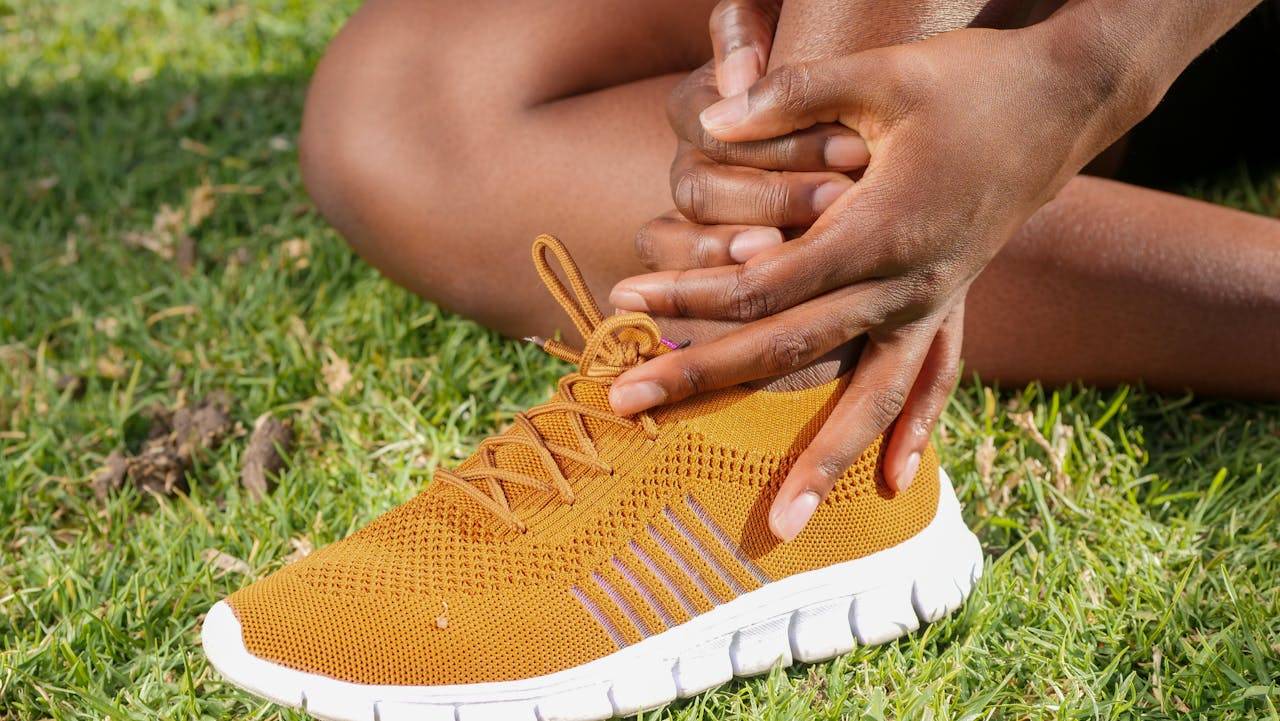
Cycling is an invigorating and enjoyable sport, but like any physical activity, it comes with the risk of injuries. Among these, ankle injuries are some of the most common ailments experienced by cyclists. Understanding the various types of ankle injuries and their causes can help you take preventive measures and ensure a safe, enjoyable riding experience. In this blog post, we’ll delve into the most common cycling ankle injuries, including Achilles tendinitis, plantar fasciitis, metatarsalgia, numbness, and shin splints, providing insight into their symptoms, causes, and treatments.
Table of Contents
How the Ankle is Used in Cycling
The ankle joint doesn’t contain any muscles, but rather it’s surrounded and moved by muscles located in the lower leg. The muscles that control ankle movement and play a role in cycling include:
- Gastrocnemius: This calf muscle attaches to the heel bone and helps point the toes downward, which is crucial for generating power during the downstroke.
- Soleus: Also located in the calf, the soleus muscle works alongside the gastrocnemius to point the toes downward and aids in pedaling efficiency.
- Tibialis Anterior: This muscle is located along the shin and helps pull the toes and foot upward, which is essential during the upstroke of pedaling.
- Tibialis Posterior: This muscle also plays a role in pointing the toes downward, assisting the gastrocnemius and soleus.
- Peroneus Longus and Brevis: These muscles are located on the outside of the lower leg and help stabilize the ankle during cycling, preventing excessive inward or outward rolling.
Together, these muscles work in concert to control ankle movement and ensure efficient pedaling during cycling.
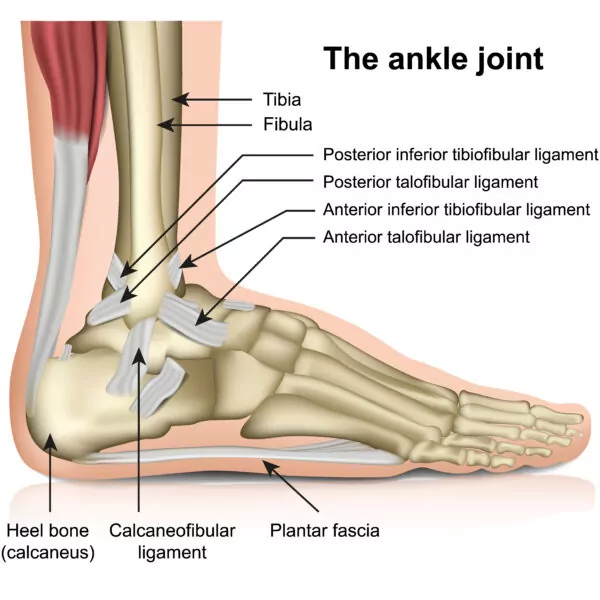
Ankle Injuries
While cycling is a low-impact sport, ankle injuries can still occur due to overuse, incorrect bike fit, improper pedaling technique, or accidents. Here are some of the most common ankle injuries in cycling:
- Achilles Tendinitis: Inflammation and irritation of the Achilles tendon can result from overuse, poor bike fit, or excessive hill climbing.
- Plantar Fasciitis: Inflammation of the plantar fascia, the tissue running along the bottom of the foot, can cause heel pain and discomfort, often due to poor cleat positioning or arch support.
- Metatarsalgia: Pain and inflammation in the ball of the foot can result from excessive pressure on the pedals or poorly fitted cycling shoes.
- Numbness or Tingling: Compression of nerves in the foot can cause numbness, tingling, or burning sensations, often due to tight shoes or improper foot positioning.
- Shin Splints: Pain along the shinbone can result from overuse or a sudden increase in training intensity, often affecting cyclists who use a toe-down pedaling technique.
- Ankle Sprains: Twisting or rolling the ankle during a crash or dismount can result in ligament sprains, causing pain, swelling, and instability in the affected ankle.
- Fractures: High-impact collisions or falls can cause fractures to the ankle bones, leading to severe pain, swelling, and difficulty bearing weight on the affected foot.
Preventing ankle injuries in cycling involves maintaining proper bike fit, using appropriate footwear and cleat positioning, stretching and strengthening the lower leg muscles, and gradually increasing training intensity. Addressing any discomfort or pain early on can help to avoid more severe or chronic injuries down the road.
Achilles Tendon Injuries
Achilles tendon injuries refer to damage or irritation to the Achilles tendon, which is the strong band of tissue that connects the calf muscles to the heel bone. The Achilles tendon plays a crucial role in walking, running, and jumping, as it helps to push the foot off the ground and generate force during these activities.
There are two primary types of Achilles tendon injuries:
Achilles Tendinitis: This condition involves inflammation and irritation of the Achilles tendon, often due to overuse or repetitive strain. It can cause pain, stiffness, and tenderness along the back of the heel and may become worse during physical activity.
Achilles Tendon Rupture: A rupture occurs when the tendon tears or separates from the heel bone, often resulting from sudden and forceful pushing off with the foot, such as during sprinting or jumping. A rupture can cause severe pain, weakness, and difficulty walking, and may require surgical intervention to repair the damaged tendon.
Common symptoms of Achilles tendon injuries include:
- Pain and tenderness along the back of the heel or lower calf
- Stiffness or limited mobility in the affected ankle
- Swelling and warmth around the Achilles tendon
- Difficulty standing on tiptoe or pushing off with the affected foot
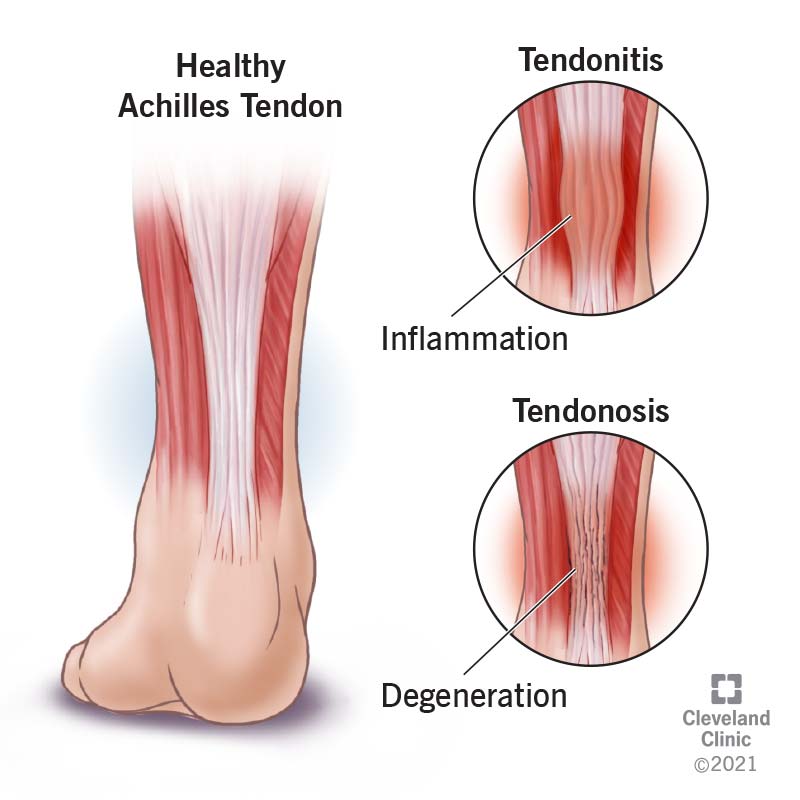
Preventing Achilles tendon injuries involves maintaining good flexibility and strength in the calf muscles, gradually increasing training intensity, and wearing appropriate footwear for physical activity. Treatment options may include rest, ice therapy, physical therapy, anti-inflammatory medications, or surgical intervention in severe cases.
Tips to Avoid Aggravating Old Injuries
If you have a history of injuries, it’s essential to take precautions to prevent re-injury and minimize discomfort while cycling. Here are some tips to help avoid aggravating old injuries:
- Listen to Your Body: Pay attention to any pain, discomfort, or changes in your body. If something doesn’t feel right, take a break, adjust your position, or seek professional advice.
- Warm-Up and Cool-Down: Start and end your rides with a proper warm-up and cool-down routine, including dynamic stretching, light cardio, and foam rolling to prepare your muscles for activity and aid recovery.
- Strengthen and Stretch: Incorporate strength training and stretching exercises that target the muscles surrounding the previously injured area. This helps to maintain balance and stability, reducing the risk of re-injury.
- Gradually Increase Intensity: When returning to cycling after an injury, gradually build up your mileage, speed, and hill-climbing to allow your body time to adapt to the increased demands.
- Maintain Proper Bike Fit: Ensure your bike is set up correctly for your body, as an improper fit can place excess stress on vulnerable areas and increase the risk of aggravating old injuries.
- Choose Appropriate Routes and Surfaces: Opt for smoother roads or trails when possible and avoid rough terrain that could cause unnecessary stress on your body.
- Rest and Recover: Prioritize rest days, cross-training, and recovery techniques such as foam rolling and massage to help maintain muscle health and prevent re-injury.
- Stay Hydrated and Fueled: Proper nutrition and hydration can help support muscle function and recovery, reducing the risk of injury.
- Seek Professional Guidance: Consult a physical therapist, coach, or cycling-specific healthcare professional for personalized advice on managing and preventing re-injury.
- Address Muscle Imbalances: Identify and correct muscle imbalances that may contribute to poor biomechanics or overuse injuries.
By implementing these strategies, you can minimize the risk of aggravating old injuries and enjoy a safer, more comfortable cycling experience.
Stronger Ankles for Stronger Pedaling
As we’ve explored in this blog post, ankle injuries are a common issue among cyclists, but understanding the causes and symptoms of these ailments can help you take preventative measures and address problems as they arise. By ensuring proper bike fit, incorporating a thorough warm-up and stretching routine, and gradually increasing your training intensity, you can minimize the risk of experiencing common cycling ankle injuries like Achilles tendinitis, plantar fasciitis, metatarsalgia, numbness, and shin splints. Remember to listen to your body and seek professional advice when needed, so you can continue to enjoy the many benefits of cycling without pain or discomfort holding you back. Happy riding!
I hope you found this useful and informative. Please check out my other posts on addressing injuries of the soleus and IT Band. This post on bike safety gear might be a relevant read. And a related podcast on hydration you can listen to.

